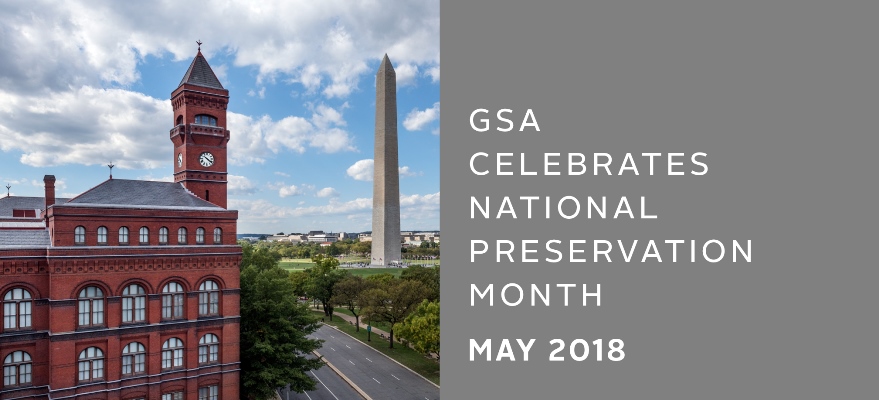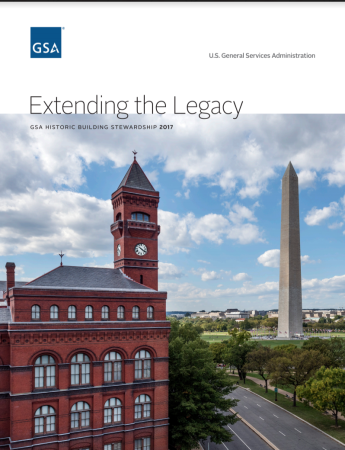
Historic Preservation in the 21st Century
Post filed in: Historic Buildings | Historic Preservation | Historic Preservation Month
Sustaining a stewardship ethic of responsible planning and resource management requires flexibility and resilience to respond to an environment of changing missions and economic circumstances. Since the advent of GSA’s Portfolio Management Strategy and Legacy Vision in 2002, GSA programs have collaborated on joint approaches for positioning historic buildings as competitive space options.
GSA’s asset repositioning approach aims to level the playing field by giving appropriate weight to qualitative factors in decisions to reinvest or divest of federal property. In concert with local portfolio planning that considers the impact of each action on related properties, these forward thinking approaches help keep our valued historic buildings open to the public.
Monetizing cultural value is no small task. Even so, GSA remains committed to a stewardship ethic so that treasured community landmarks with proven service lives remain occupied and viable. For example, when the National Archives and Records Administration relocated high public contact functions in the New York metropolitan area to the National Historic Landmark Alexander Hamilton U.S. Custom House in lower Manhattan, visitor volume quadrupled.
Honing our legacy vision to meet tomorrow’s federal space needs will require realistic priorities that balance competing needs and precious resources. We take pride in the accolades we have earned and the stature GSA now enjoys as an international leader in government real property stewardship. We are committed to building on this momentum, maintaining outreach to our government partners and the real estate industry as we continue to find innovative stewardship solutions that meet the government’s needs at the best value for the American taxpayer.

The Extending the Legacy Report
The Report is published every third year, with 2018 being a publishing year that covers 2015-2017.

 U.S. General Services Administration
U.S. General Services Administration
